The Solid State of Crayons
“It is so hot!” moans five-year-old Manual, who is sweating profusely in the sweltering heat.
The temperature—which has soared unexpectedly during this second week of May—is in the high 90s, with a heat index of over 100.
“It is so hot!” Can we have a popsicle?” pleads Lauren, who knows that I’m a sucker for keeping kids happy and hydrated when the mercury soars.
“How hot do you think it is?” I ask as the preschoolers follow me to the freezer for a frozen treat.
A hundred, million, trillion hot!” replies Ellie.
“Do you think it’s hot enough to melt a crayon on the sidewalk?” I ask as I pass out the popsicles.
“Crayons don’t melt, crayons color!” Evelyn says with a giggle. “Ice melts and my popsicle melts, but not crayons!”
“Wait! They do melt, remember?” Noah recalls. “Remember when we took the paper off of the old crayons and put them in the oven?”
The number of confused faces reminds me that we probably did this more than a year ago, when many of the children had not yet enrolled in the program or were too young to remember the experiment.
“Will it work on the sidewalk?” asks Jaime. “It is super, duper hot outside!”
“I think it will,” Noah chimes in. “It’s as hot as an oven!”
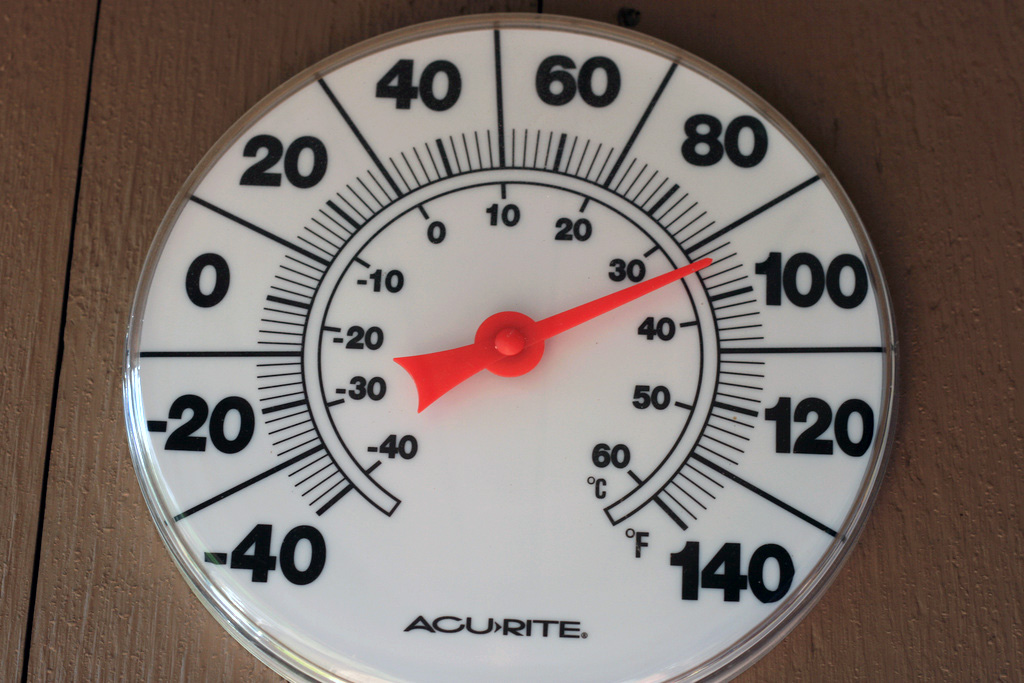
We are developing a plan and carrying out a simple investigation. Ah, science has arrived with the heatwave! This is a great opportunity to discuss cause and effect, collect data and form hypotheses as we explore a new idea.
“Let’s try it!” I tell the kids. “Finish your popsicles while I grab some crayons and supplies.“
Our budding STEM learners are about to explore the physical properties of objects. As I collect crayons, bowls for sorting, muffin tins and plastic wrap, I also pull out a few books to assist us in our scientific investigation. One of my go-to books to accompany any investigation into the different states of matter is What Is the World Made Of?: All About Solids, Liquids and Gases by Kathleen Weidner Zoehfeld (author) and Paul Meisel (illustrator).
I set out the bowls and invite the children to sort the crayons before adding them to the mini muffin tins. A little worried that the crayons won’t be melted before the day is over, I cover a cookie sheet with plastic wrap over the crayons to create a greenhouse effect.
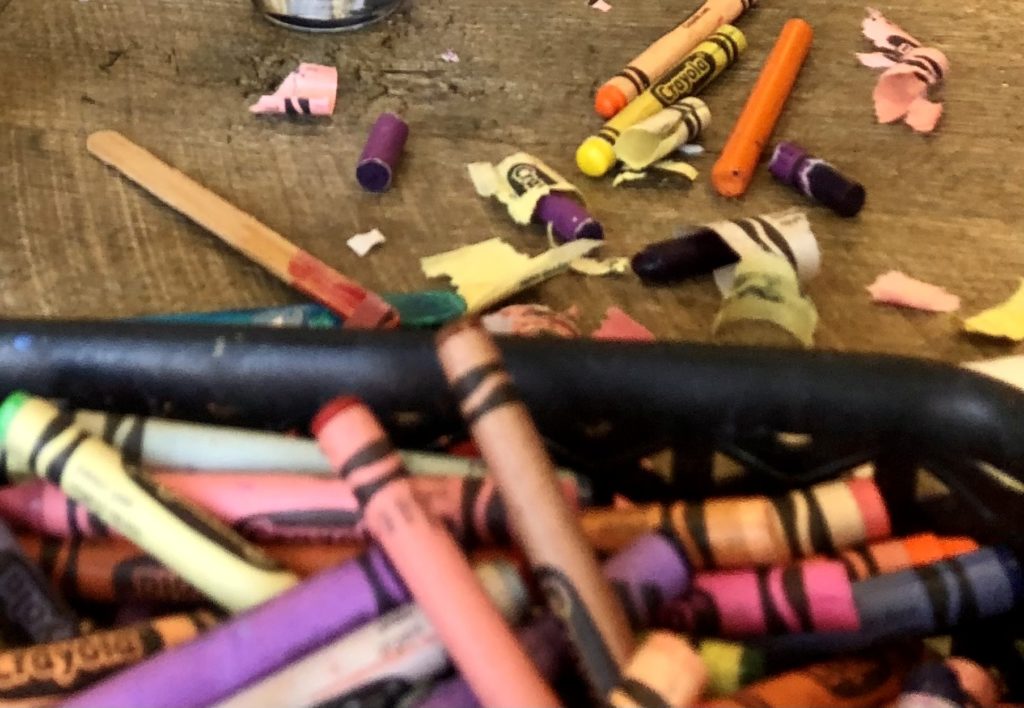
As the children remove the paper wrappers from the crayons and break them into smaller pieces (which promotes fine-motor-skill development), I read from the book and we talk about the crayons’ current state of matter.
“Is it a liquid, a solid or a gas?” I ask.
This is a pretty complex concept for young brains, but this simple science experiment can be used to help the children gain an understanding of the three states of matter and how temperature fluctuations can transform an object from a solid to a liquid or a liquid to a solid.
We talk about the crayons, which are currently solid (which means they have a fixed shape).
“My popsicle was solid,” Noah reflects. “But it melted so fast, I KNOW this will work!” The other children nod excitedly, their anticipation growing.
Then we discuss liquids, which have a fixed volume but follow the shape of the container that holds them.
Finally, we discuss gases, which have no fixed volume or shape. To help the children grasp this concept, I describe gas as a substance that fills the entire container, like when we blow air (a gas) into a balloon.

“How fast will the crayons melt?” asks Eleanor. “Will they melt before we have to leave to go home?”
This is pure science as we develop foundational skills in the use of scientific principles.
“I don’t know!” What is your prediction?” I answer, introducing a new science vocabulary word.
As we integrate science, technology, engineering and math concepts into the children’s play, we can also begin to build their science vocabulary. Words such as hypothesis, prediction, experiment, observation and cause and effect are easy to introduce into today’s investigation.
While we wait for the crayons to melt, we find a shady area and play a game to enhance the children’s understanding of the different states of matter.
After organizing the children into small groups, I show them how to form a small circle by moving toward the center and holding hands. “This is what a solid looks like,” I point out.
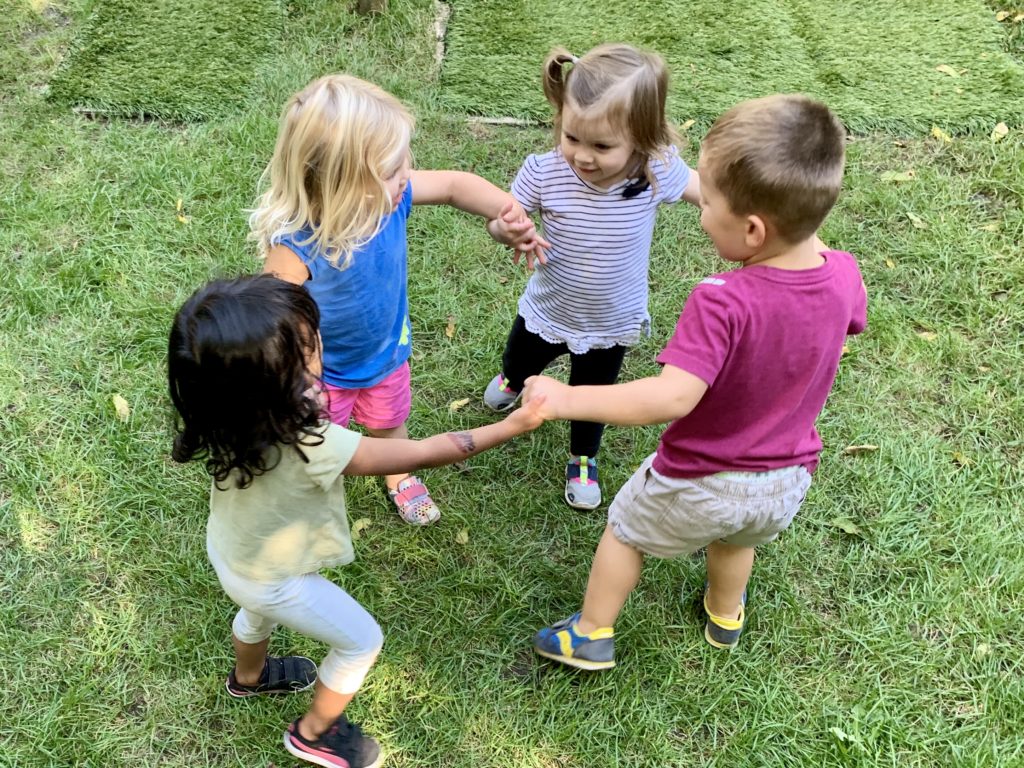

Then I instruct the children to move outward, making the circle bigger, but still holding hands. “This is what a liquid looks like,” I say.
Finally, I instruct the children to make a bigger circle, with just the tips of their fingers touching, and say: “This is what a gas looks like.”
After playing this game, we check on the progress of our experiment and then sit down in the shade to read The Crayon Man: The True Story of the Invention of Crayola Crayons by Natascha Biebow (author) and Steven Salerno (illustrator).
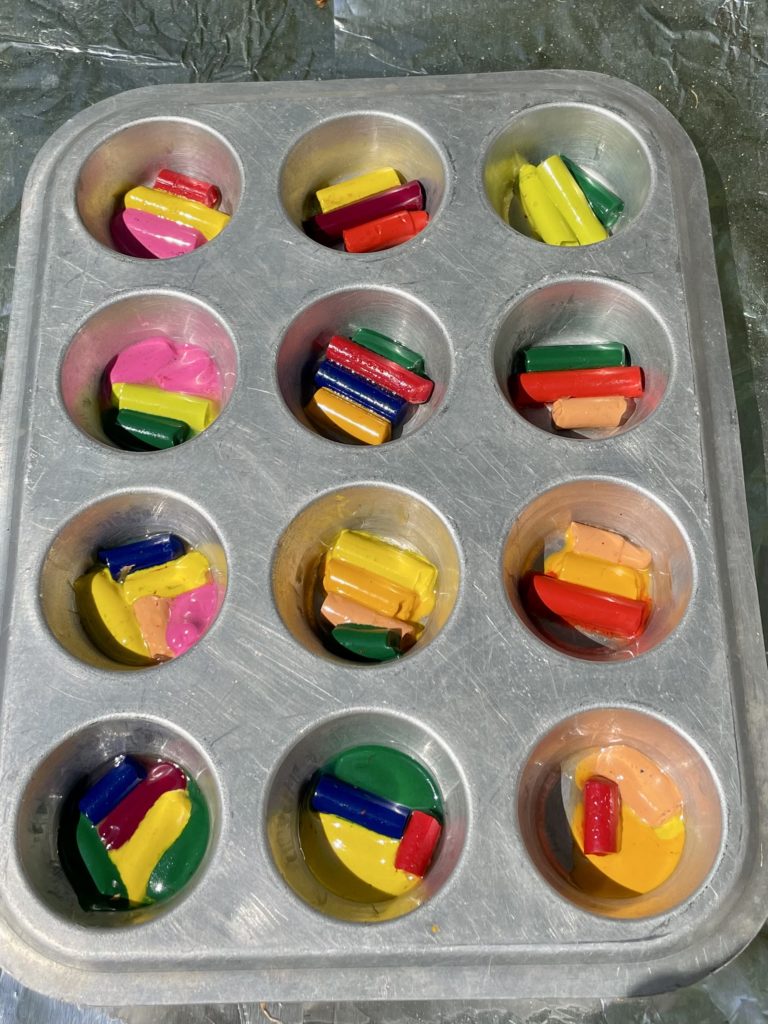
After reading this delightful STEM book, we check in again to see how our experiment is progressing. The children take one look, gasp in wonder and jump for joy!
“It worked!” screams Jaime. “It was hot enough to melt the crayons!”
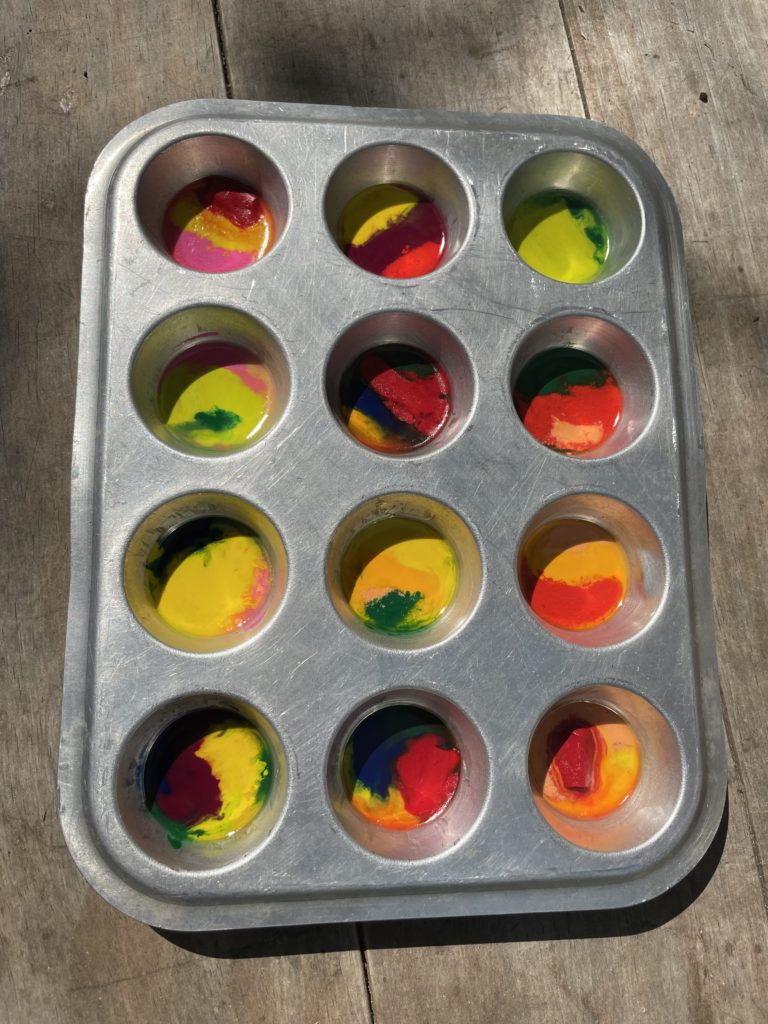
Sure enough, the crayons are no longer solid! The heat did change them to a liquid!
We take the muffin tins back into the air-conditioned classroom to let the crayons cool. Before long, they return to a solid state and each child selects a round, multicolored disk to take home as a STEM souvenir.
This is a great science experiment for a hot day. Consider it a part of your “States of Matter” curriculum. I highly recommend the addition of popsicles!
Ready for a deeper dive into the different states of matter? Try out our lesson plan, Can Crayons Melt in the Sun?
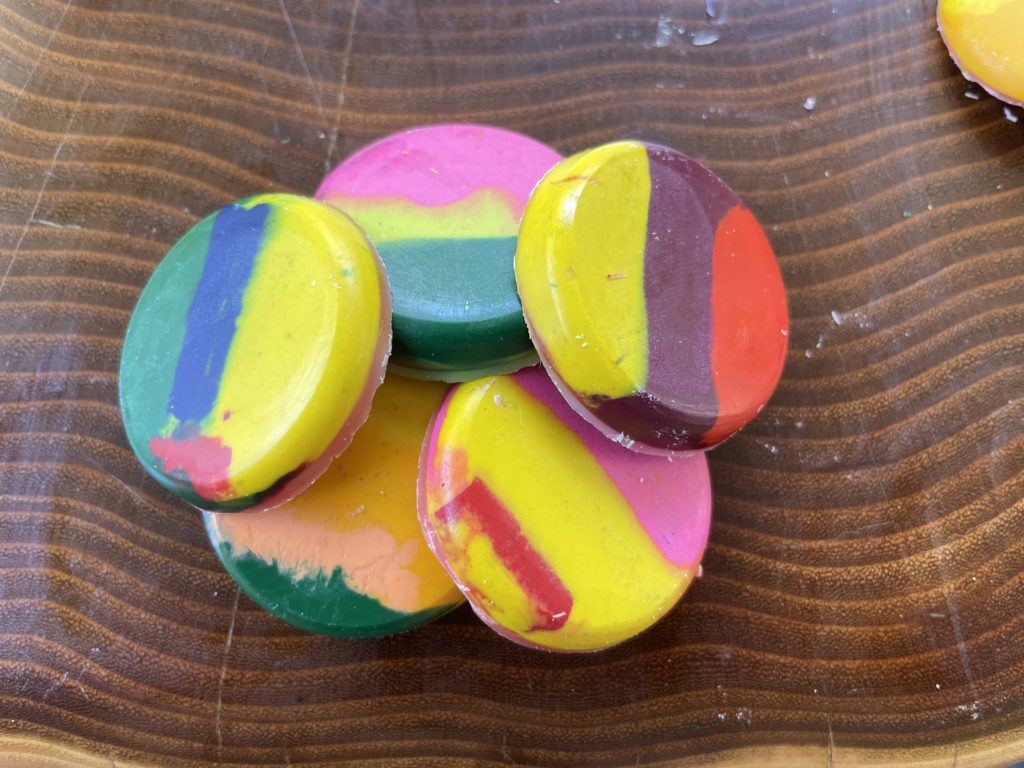

An amazing activity. I will be defiantly incorporating this into a future classroom experiment.
I never even thought about a activity like this one. I will be doing this with my kids so they can see how the crayon does melt from heat as well as ice.
Hi Felicia,
If your summer has been as warm as ours has, you should have plenty of opportunities to try this experiment. Don’t forget the popsicles! You will thank yourself! Haha!